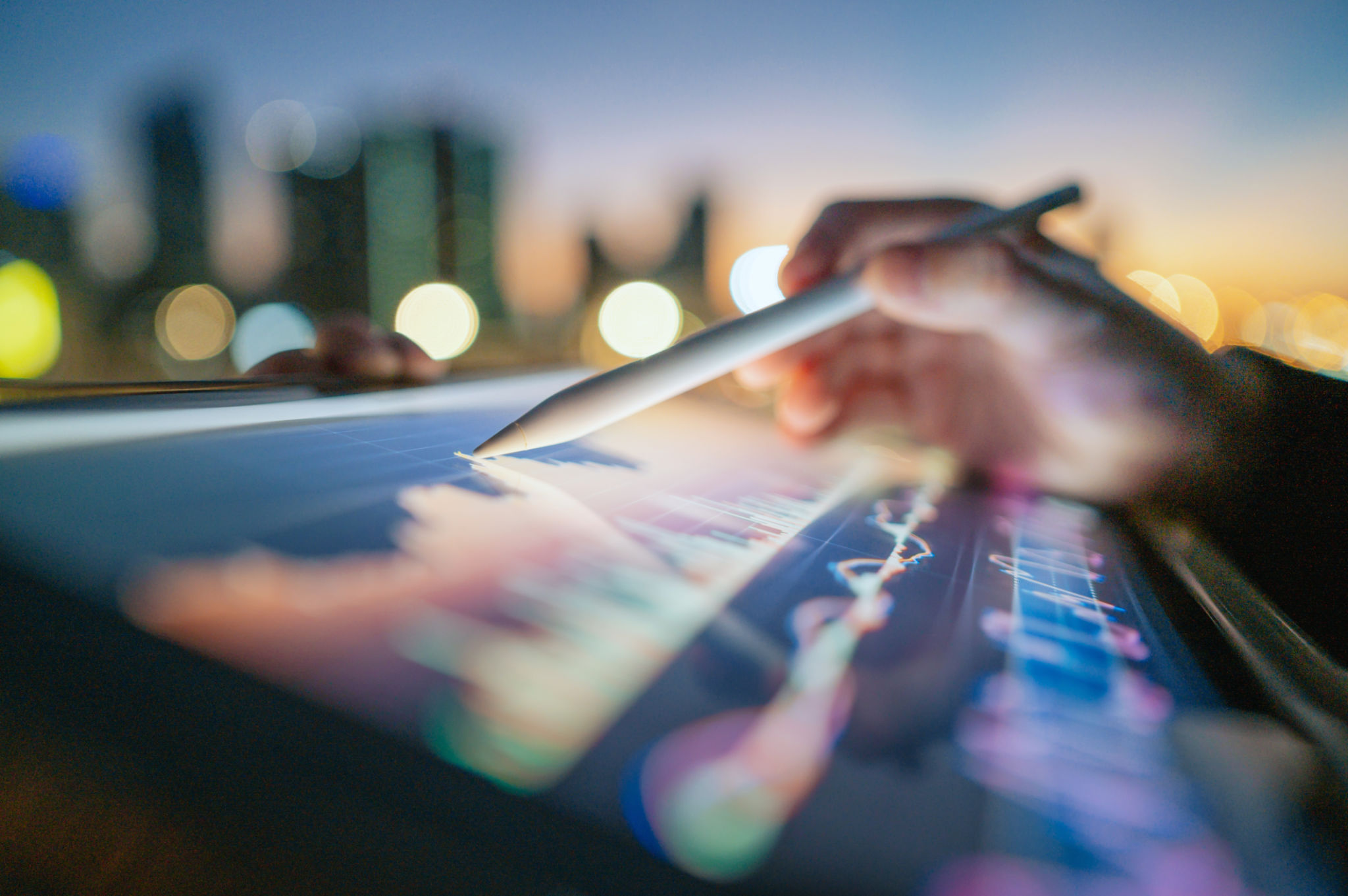Demystifying Multicamera Live Streaming: FAQs Answered
Understanding Multicamera Live Streaming
Multicamera live streaming has become an essential tool for content creators, broadcasters, and businesses seeking to deliver dynamic and engaging content. By using multiple cameras, producers can capture different angles and perspectives, offering a more immersive viewing experience. However, for many, the concept can seem daunting. This guide aims to answer some of the most frequently asked questions about multicamera live streaming.

What Equipment Do I Need?
The basic equipment for multicamera live streaming includes multiple cameras, a video switcher, and streaming software or platform. Cameras can range from professional-grade to high-quality webcams, depending on your budget and requirements. A video switcher is crucial for seamlessly transitioning between different camera feeds and adding effects.
Additionally, you’ll need a stable internet connection, microphones for audio capture, and appropriate lighting to ensure clear visuals. Don’t forget to have a reliable computer or encoder to process the video feeds and stream them to your chosen platform.
How Do I Set Up a Multicamera Live Stream?
Setting up a multicamera live stream involves careful planning and testing. First, determine the number of cameras and their placement to capture all necessary angles. Connect each camera to the video switcher, which will allow you to change camera feeds during the stream.
Next, integrate your audio sources with the video feeds. It’s important to test the audio and video synchronization before going live. Finally, configure your streaming software or platform settings, ensuring that the resolution and bitrate are optimized for your audience’s viewing experience.

What Are the Benefits of Multicamera Live Streaming?
One of the primary benefits of multicamera live streaming is the enhanced engagement it offers viewers. By providing multiple viewpoints, audiences are more likely to stay interested and connected with the content. This approach is particularly effective for events such as concerts, sports, and panel discussions.
Moreover, multicamera setups allow for greater creativity in storytelling. Producers can switch between wide shots and close-ups, incorporate different angles for dramatic effect, and include graphics or overlays for additional context.
Troubleshooting Common Issues
How Can I Ensure a Stable Stream?
Ensuring a stable stream is crucial to maintaining viewer engagement. Start by checking your internet speed; a high upload speed is essential for transmitting multiple video feeds without interruptions. Wired connections are preferable over wireless ones to reduce latency and improve reliability.
Optimize your streaming settings by selecting an appropriate resolution and bitrate that your equipment and internet connection can handle. Regularly test your setup before live streaming to identify and resolve potential issues.

What Should I Do if My Audio Is Out of Sync?
Audio synchronization issues can be frustrating but are often solvable. Begin by checking all connections between your audio devices and cameras. Ensure that your streaming software is correctly configured to synchronize audio with video.
If problems persist, consider using an audio interface or mixer that allows you to manually adjust latency settings. Software updates or alternative streaming platforms might also resolve synchronization issues.
Conclusion
Multicamera live streaming can seem complex at first glance, but with the right equipment, setup, and troubleshooting techniques, it becomes a powerful tool for engaging content creation. Understanding the basics and addressing common challenges will empower you to deliver high-quality streams that captivate your audience.
By incorporating multiple camera angles, you can create dynamic and professional live streams that stand out in an increasingly competitive digital landscape.
